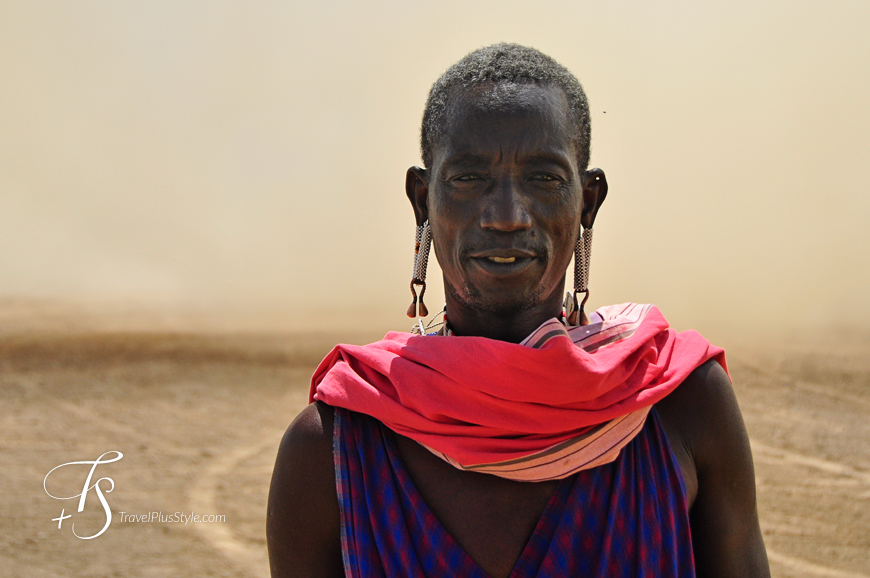

The secret is to follow a good rule of thumb: the easier to get to, the less authentic an experience. So find an area away from tourist activity.
We were lucky to visit the Shompole Conservancy, established in a very remote and relatively inaccessible part of Kenya, right on the Tanzania border. Named after the Shompole Mountain and occupying a dusty floor of the Rift Valley, this area is like a world unto itself.
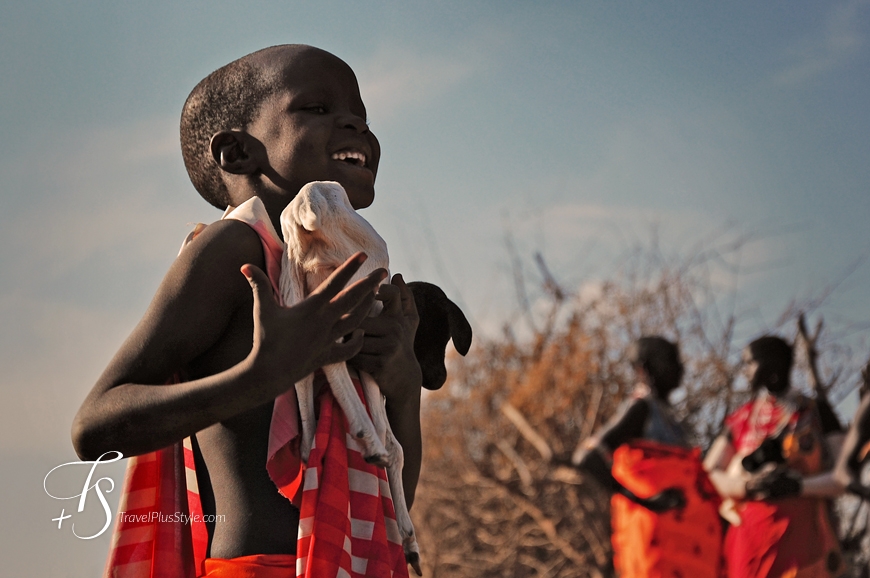
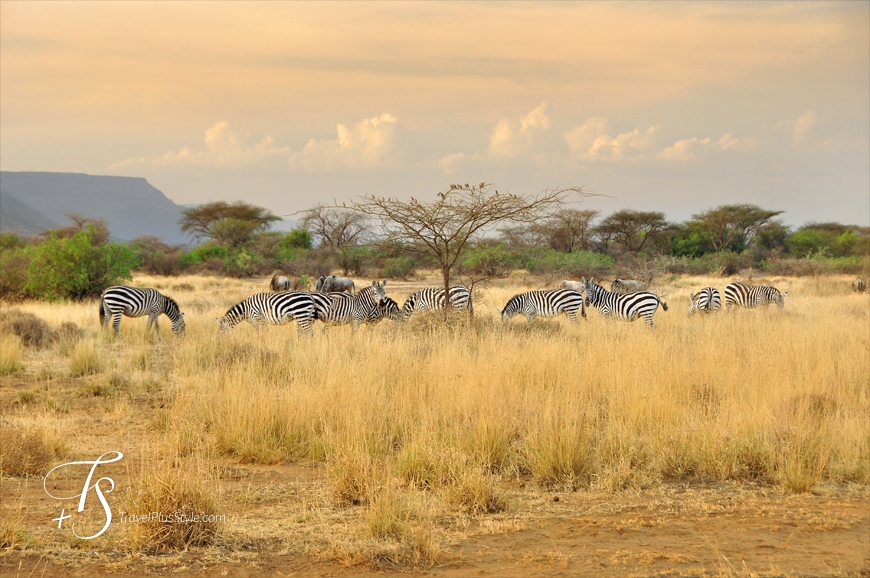
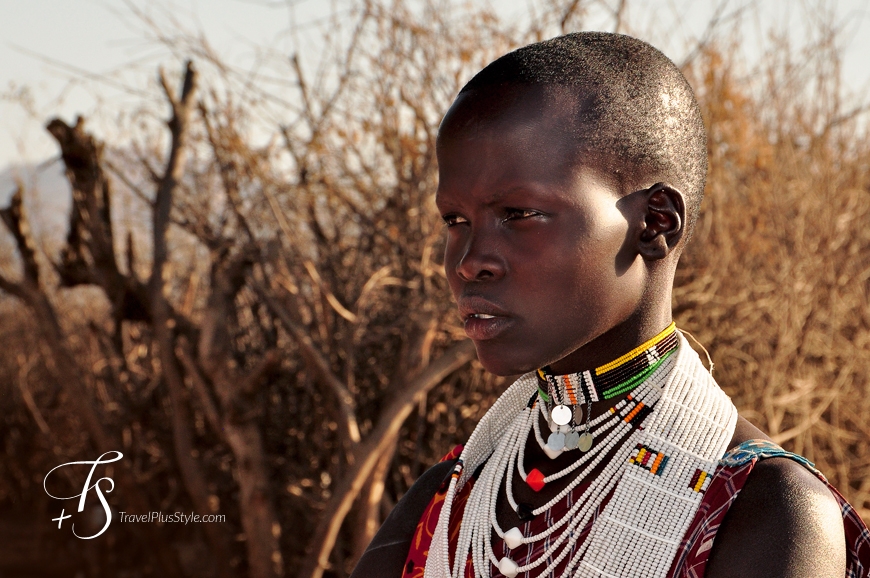
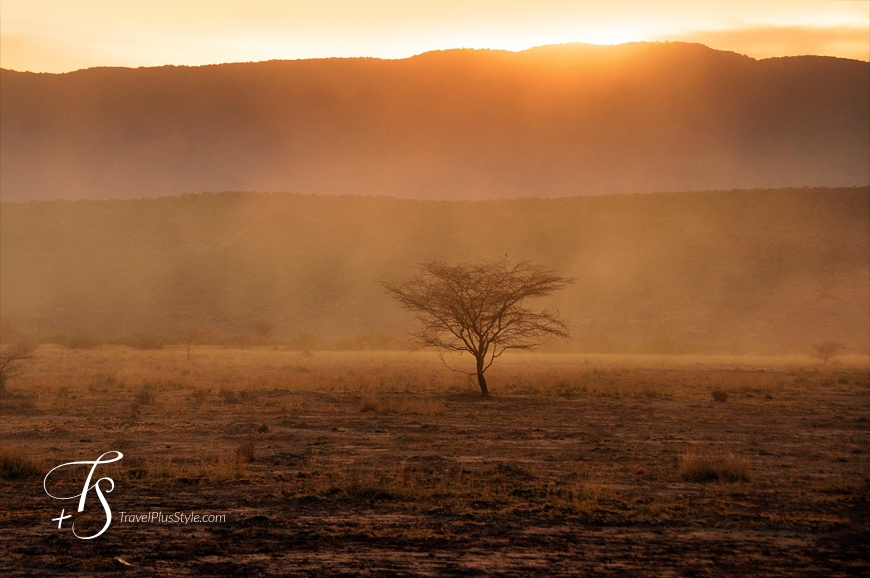
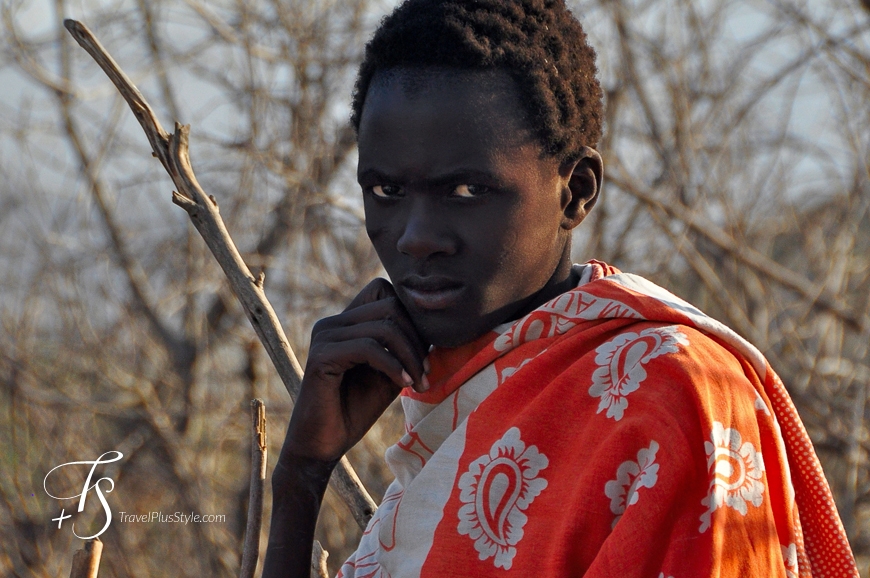
Located some 4 to 5 hours drive from Nairobi (if you can get through at all—best to charter a small plane), the Conservancy is separated from Masaai Mara by the impassable Nguruman Escarpment and flanked by the imposing Shompole Mountain. Beyond it, in Tanzania, the valley exits onto the soda flats of Lake Natron, swarming with clouds of pink flamingos, their nests protected by the poisonous waters of the lake.
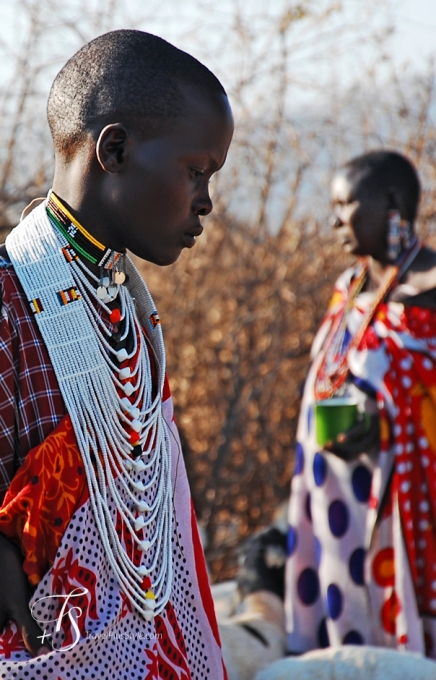
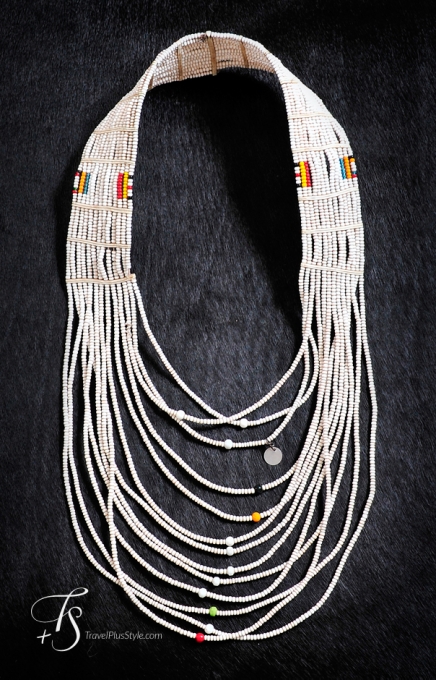
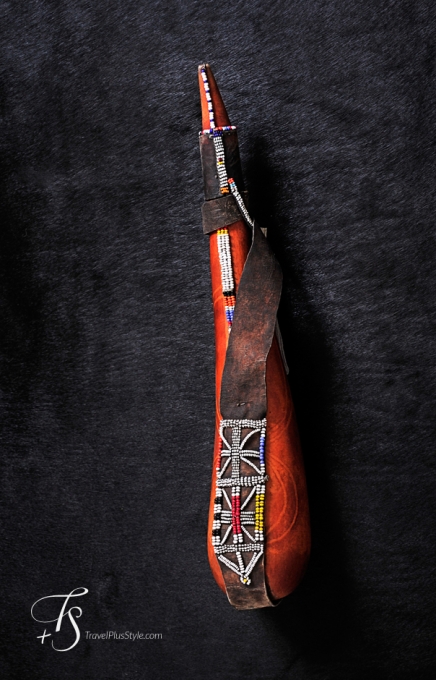
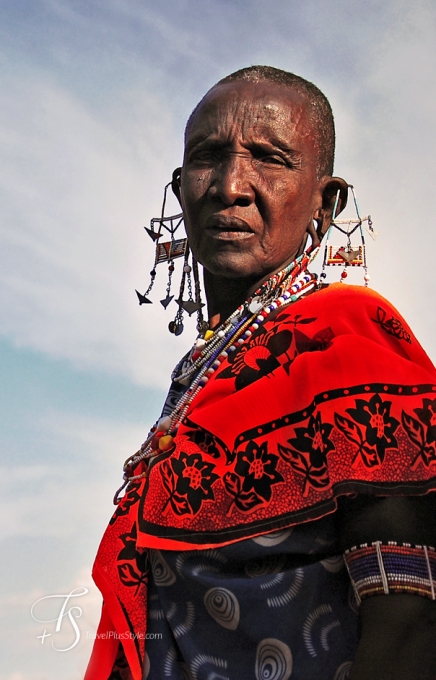
The bottom of the valley in Shompole is dry and flat. Wind raises massive dust twisters and it takes a good pilot to spot one forming before it is too late: few hundred meters high and able to appear in a matter of seconds these twisters can down a small plane.
Our three-seater Cessna almost flew into one and the pilot aborted landing, banking sharply. Another try and we landed in the thick dust of the valley. Quite an adventure.
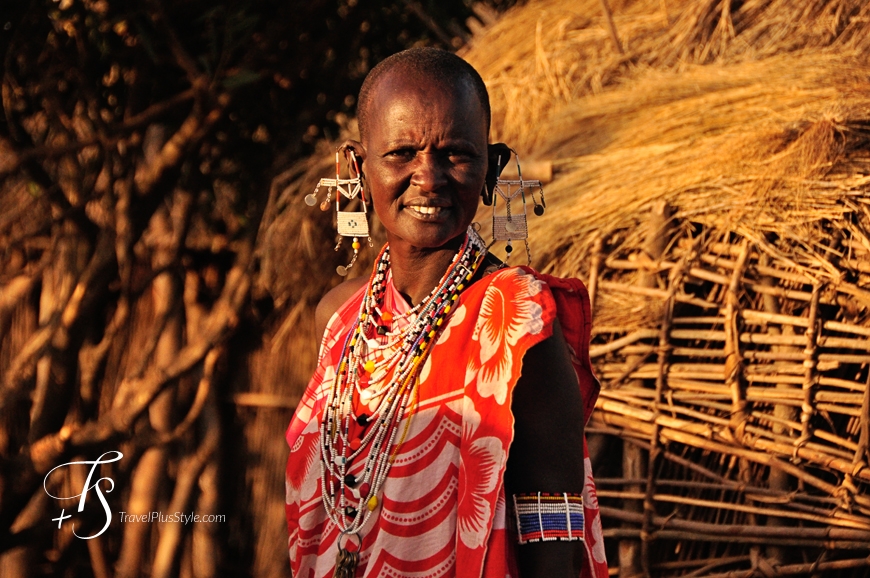
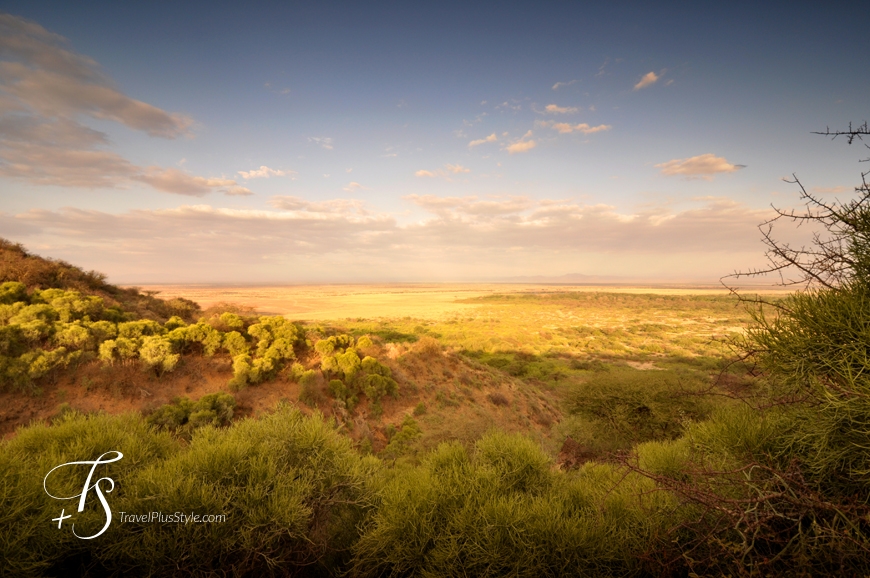
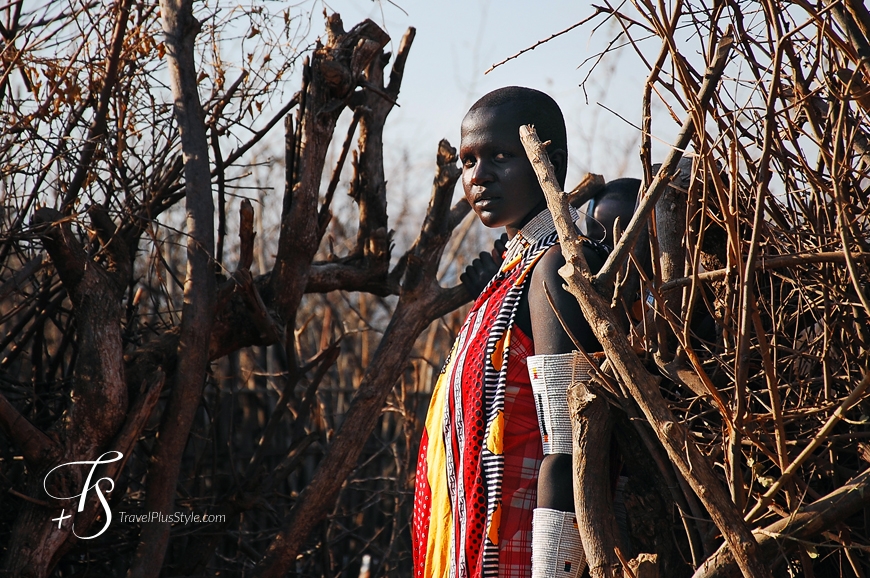
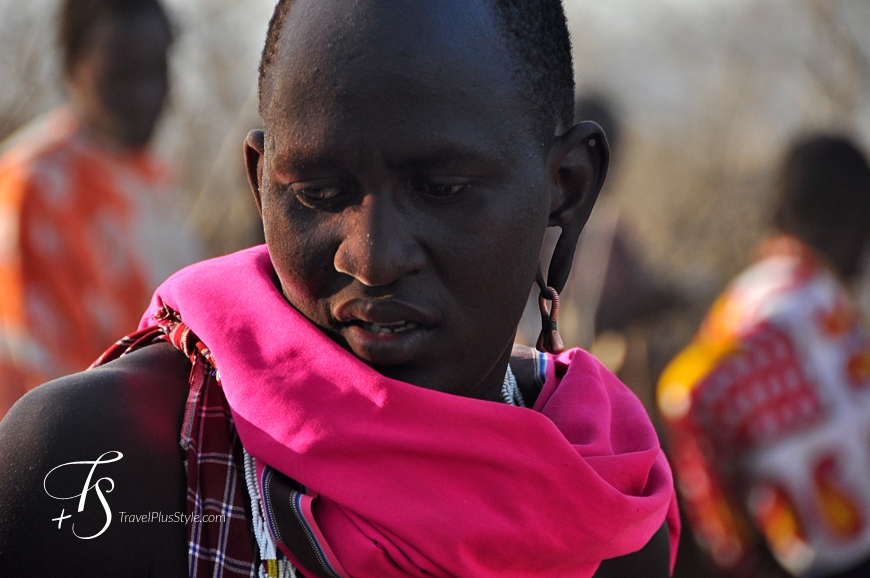
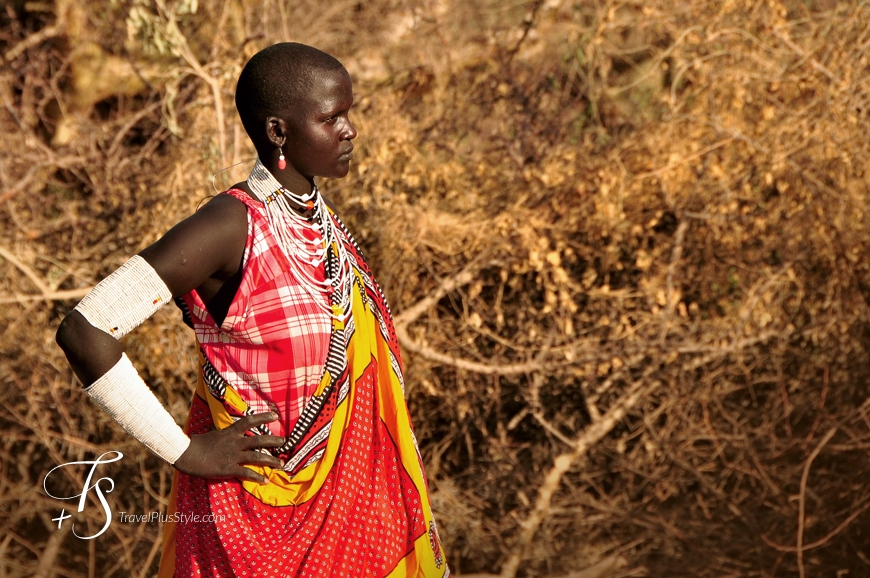
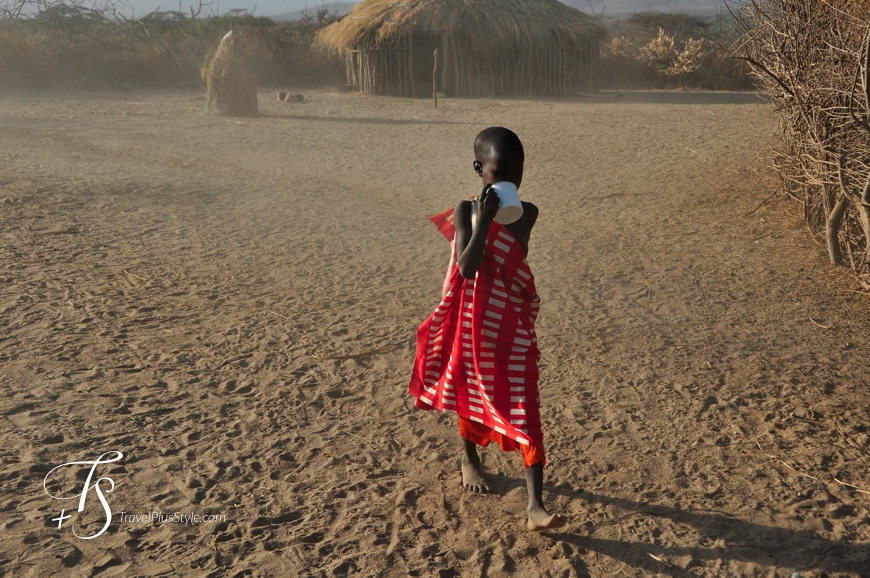
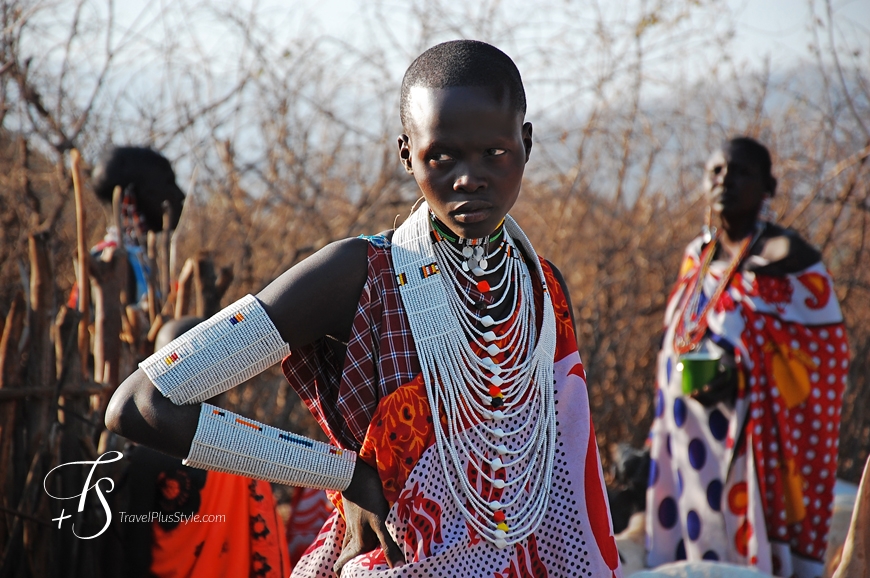
“Certainly, travel is more than the seeing of sights; it is a change that goes on, deep and permanent, in the ideas of living.” – Miriam Beard (The Best Travel Quotes, Part Three)
The Maasai live in circular kraals, thickly fenced with acacia thorns to prevent lions and hyenas from attacking cattle and goats.
It is a man’s job to fence the kraal, while women construct the houses. The homestead owner’s young wife invited us in: little more than a hut, the house was clearly her great pride. We couldn’t help but wonder: just how much more precious can be something not purchased, but made by yourself?
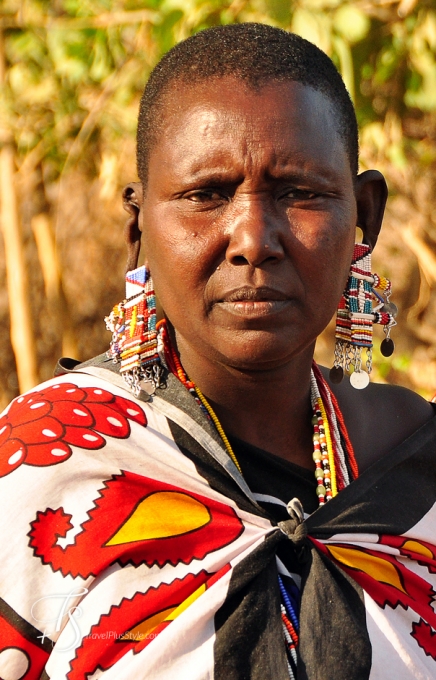
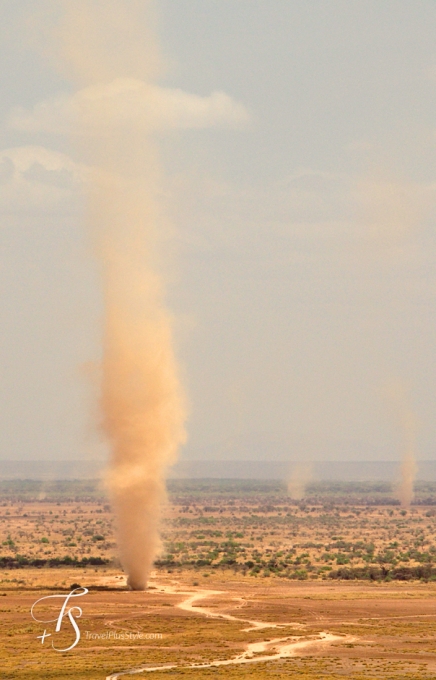
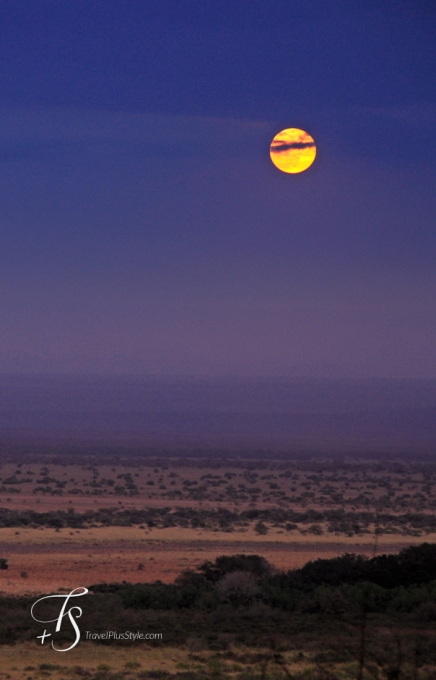
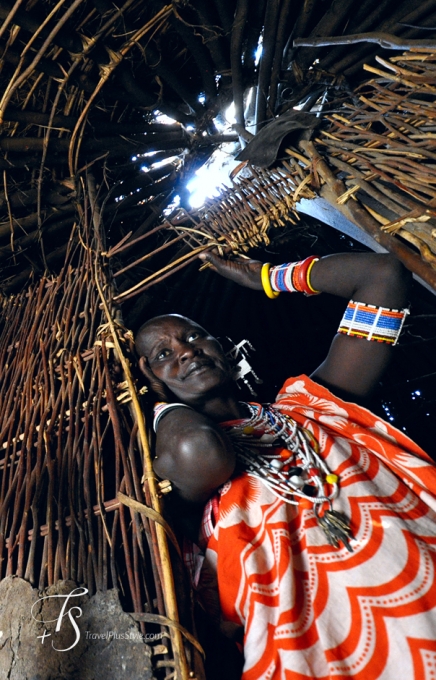
The Maasai people living in Shompole own the Conservancy and they also co-owned the utterly beautiful Shompole Lodge, where we stayed. Unfortunately, we were among the last guests—a week after we left the lodge shut down “until further notice”, due to differences between the Maasai and the founder of the lodge.
“[The more] accessible and the more comfortable the encounter, the less authentic it likely is. […] To immerse oneself deeper into a culture usually means investing more time, sacrificing some comforts and possibly communicating only via a translator.”—Frank Glettenberg, Kuoni Private Safaris, via Dorine Reinstein
The lodge was small, the tourism activity low and visitors to the Maasai kraals uncommon—but we were quite surprised to see children at the homestead fussing over Luiza’s hair, fascinated by the blond colour. Although they’ve seen such wonder before, it was a big attraction and novelty.
For few moments we felt like the first European explorers. More importantly though, there was no dance show, no solicitation or displays of Maasai jewellery or other wares. These proud people invited us to their home and shared their way of life, asking nothing in return.
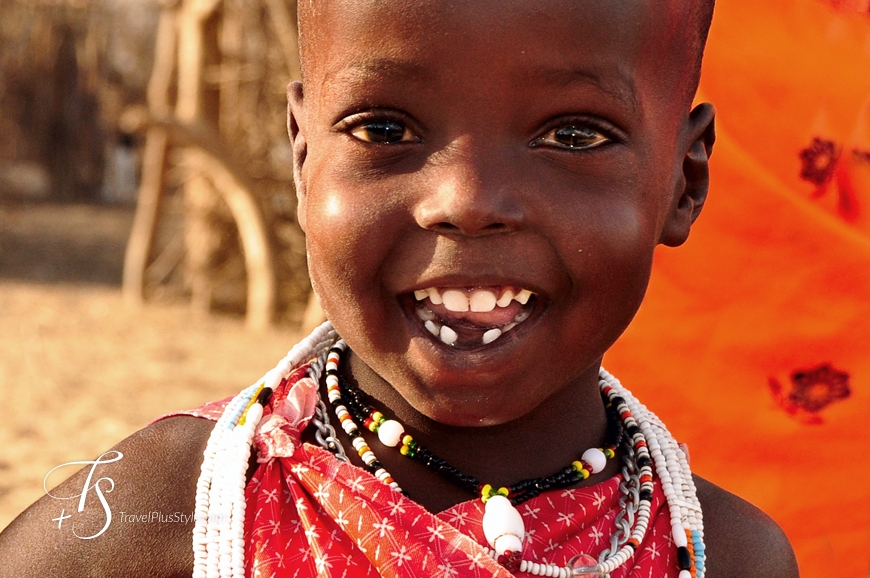
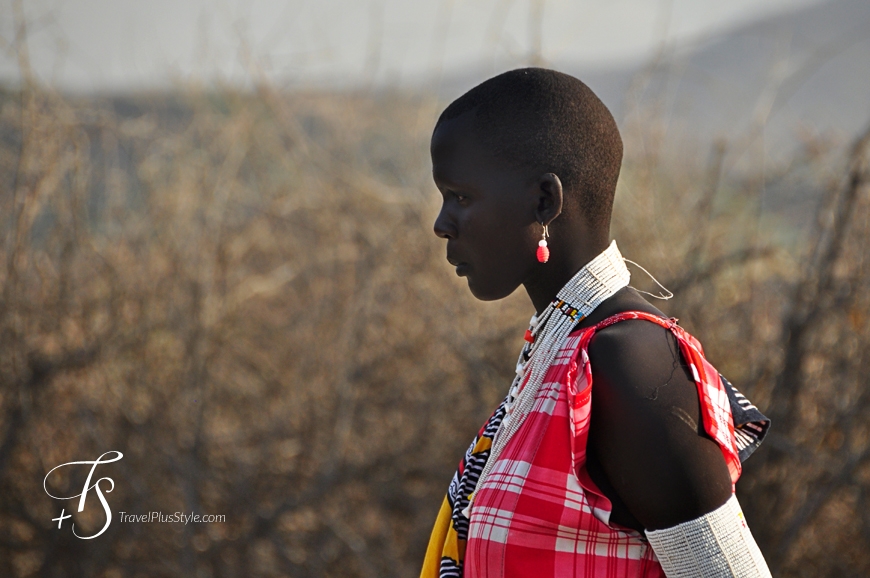
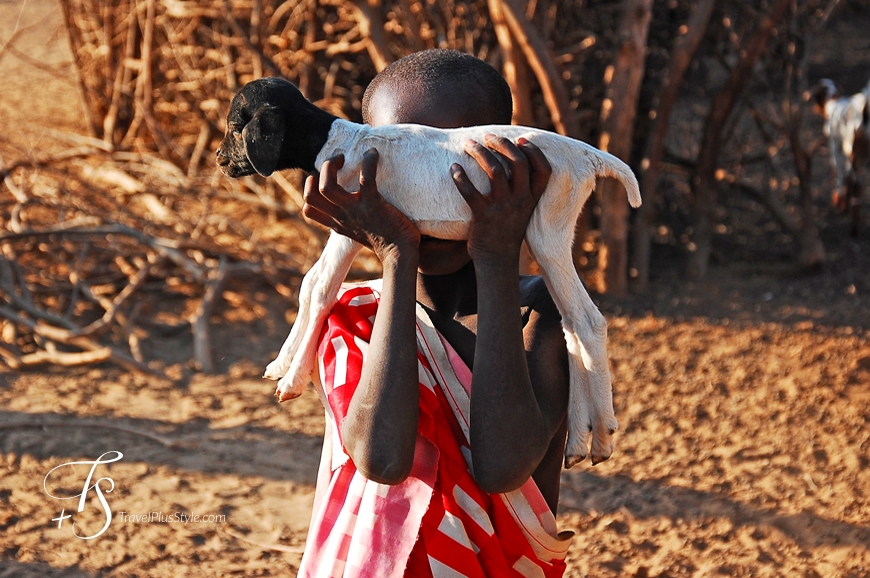
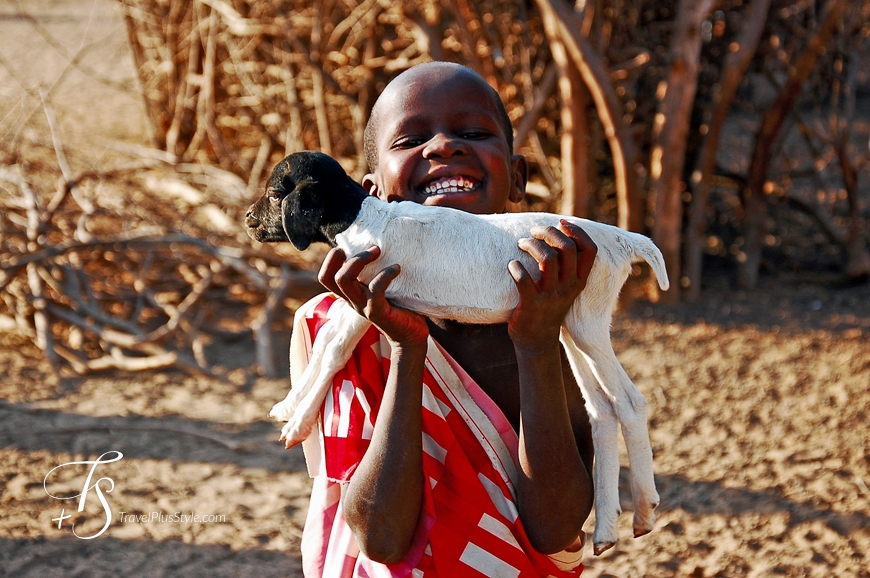
Photos by Laskowski & Zadros, © TravelPlusStyle.com
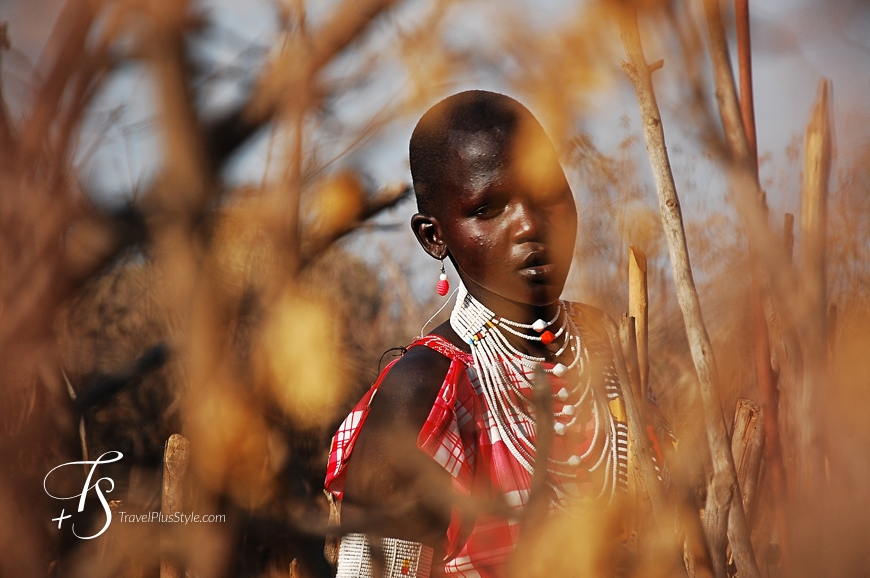
Author: Travel+Style. Last updated: 03/05/2021